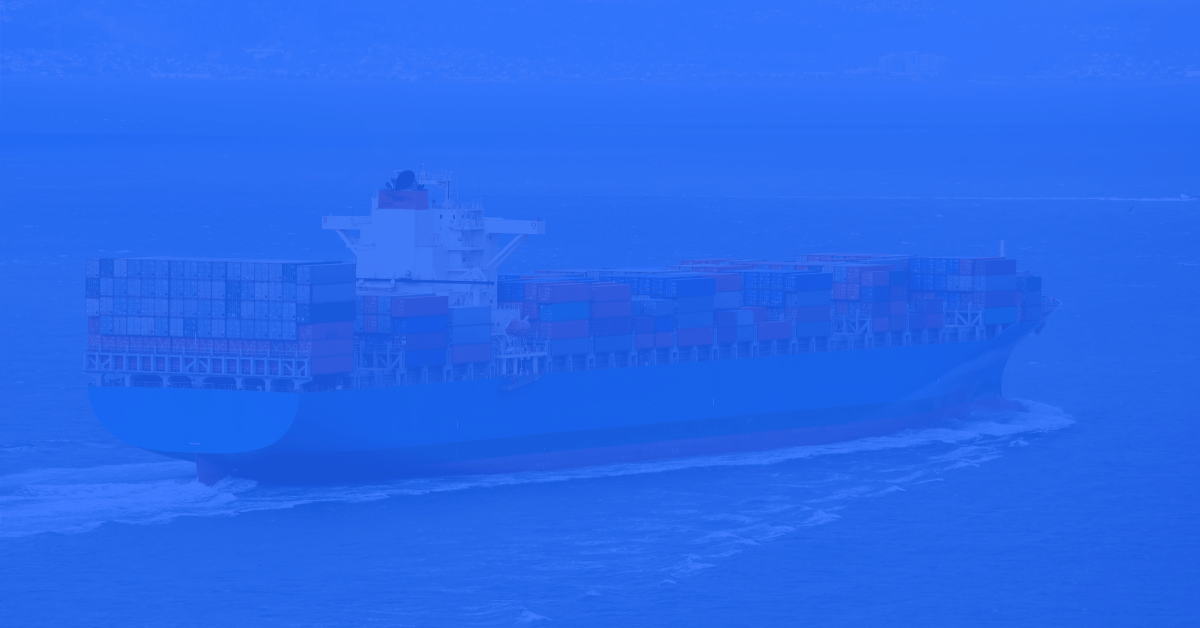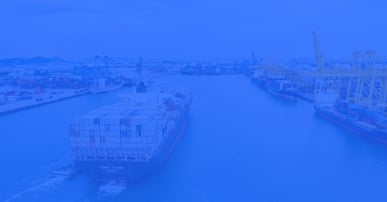There is growing concern that we may be moving toward a global recession with a drop in the stock market and European demand sliding. Where will rising inflation leave retail sales and global consumer demand? How do declining spot rates will affect the contract market?
Tune in to the latest episode of our leading monthly 'State of the Market' webinar for ocean freight with Peter Sand, Chief Analyst at Xeneta, where he discusses how these growing supply chain tensions will affect ocean freight rates in June 2022 and beyond - with Jan Hoffmann, Head Trade Logistics Branch at UNCTAD.
Inflation Is On The Rise: Where Does That Leave Retail Sales And Global Consumer Demand?
Spot Rates Are On The Decline: Where Does That Leave The Contract Market?
Spot rates across many trade lanes have decreased massively since the start of 2022, some up to 30-45%. In contrast, long-term rates remain at record-high levels, leaving many shippers with contract rates above what they would be able to get on the spot market. What does this growing tension mean for ocean freight rates in June 2022 and beyond?
Simulated Impacts of The Container Freight Rate Surge
In November last year, UNCTAD first looked at the high freight rates and did a simulation to understand what it would mean for the prices. They published the results with a simulation that the high container freight rates will lead to an additional 1.5% of global consumer prices; i.e. consumer prices will be 1.5 percentage points higher than they would otherwise have been with a 12-month timely. However, with the updated results, the situation is only getting worse.
When asked whether he sees a wave of re-shoring in the industry, Jan said there is more talk and intention than surveys and investment projects. It does go in that direction to some extent - not so much the distance, but also to diversify, not to depend on just one supplier of face masks or specific chips or specific gloves or, what have you.
This is something that individual shippers are doing. When looking at actual data in terms of, from where to where things are being moved, and where the trade takes place, Jan does not see near-shoring taking place. However, he adds that it takes time, and supply chains need time to adjust.
Will We Get Back To An Upward Trend In The Number Of Ports Connected?
The above insight also proves that global carriers are giving fewer options to global shippers to pick from. In the Xeneta platform, we have around 400-450 ports giving us 160,000 port pairs that can get down to the very small feeder services around the world and can tell if there's an option to bring more connectivity to global shippers as well as vital insight into everybody's decision-making processes.
Referring to the unrest in eastern Europe, Peter hopes peace will prevail in the end, and we will see a normalization of the shipping networks also that used to serve within the Baltic sea, as well as within the Black sea to remove more of those obstacles that we had seen come up in front of us when we were expecting an easing of global supply chains with fewer restrictions once COVID was over to some extent.
"It's interesting to see where the ships and services are deployed", adds Jan.
"Overall we saw during COVID that there had been some redeployment from south to north and of course with the Ukraine war, we can actually see that several, if not the majority of neighboring countries in the Baltic Sea and the Black Sea, like the liner shipping connectivity of Romania, slightly improved while that of Ukraine went to practically zero. So there's a, certainly, the beauty of shipping data as it is hard data from satellites that give us data earlier than, official trade data and then we can see what the explanation of the congestion also in front of ports and Romania, for example."
Demand in May 2022 saw a small drop, and many expect this to continue. It is still uncertain whether US consumers have the money but aren't spending it or if we can expect a significant drop in demand. In Europe, an ongoing dock workers' strike and an overflow of sitting cargo (some of it Russian) have created growing congestion for the three main ports in Northern Germany. Here the exports are moving fine, but imports are struggling.
US Retail Sales and Inventories
According to Xeneta's Chief Analyst, Peter Sand, it is a strong market but still tough to keep up with retail sales going forward at the level we have seen in the first five months of the year.
"But then again, seasonality is here. Once again, for the third quarter of the year, we had seen US importers bringing goods just in case early on, similar to when Trump was president, we saw front-loading of US shippers before he started the trade war with China. We see exactly the same thing happening right now," he adds.
Shippers, who are currently battling with full inventories and full warehouses because of stocking up, perhaps anticipate stronger future sales. Still, Peter believes only time can tell what's in store for all of us.
Global Container Volumes: Standard Dry and Reefers
"We are going to see a drop in global container volumes this year as compared to last year," predicts Peter while comparing the trend in volume for standard dry containers and reefers.
Current Freight Rate Trends | Don't Give In To The Drama
Far East Main to US East Coast Main is one of the most interesting traits right now due to the most volumes imported, which also links back to the unrest of the US West Coast labor negotiation. But there is a lot of noise in the media that needs to be avoided before making any decision for the second half of 2022.
Want To Learn More?
Watch the full webinar on-demand to start your journey toward data, not gut, -driven decisions that empower your ocean freight procurement.
Note: Xeneta customers are invited to join the upcoming exclusive customer session. To learn more, please visit your 'Xeneta Customer Hub'.







